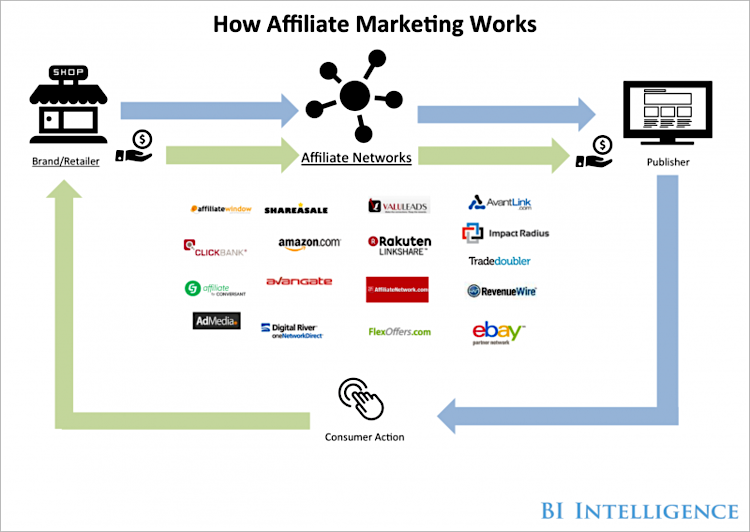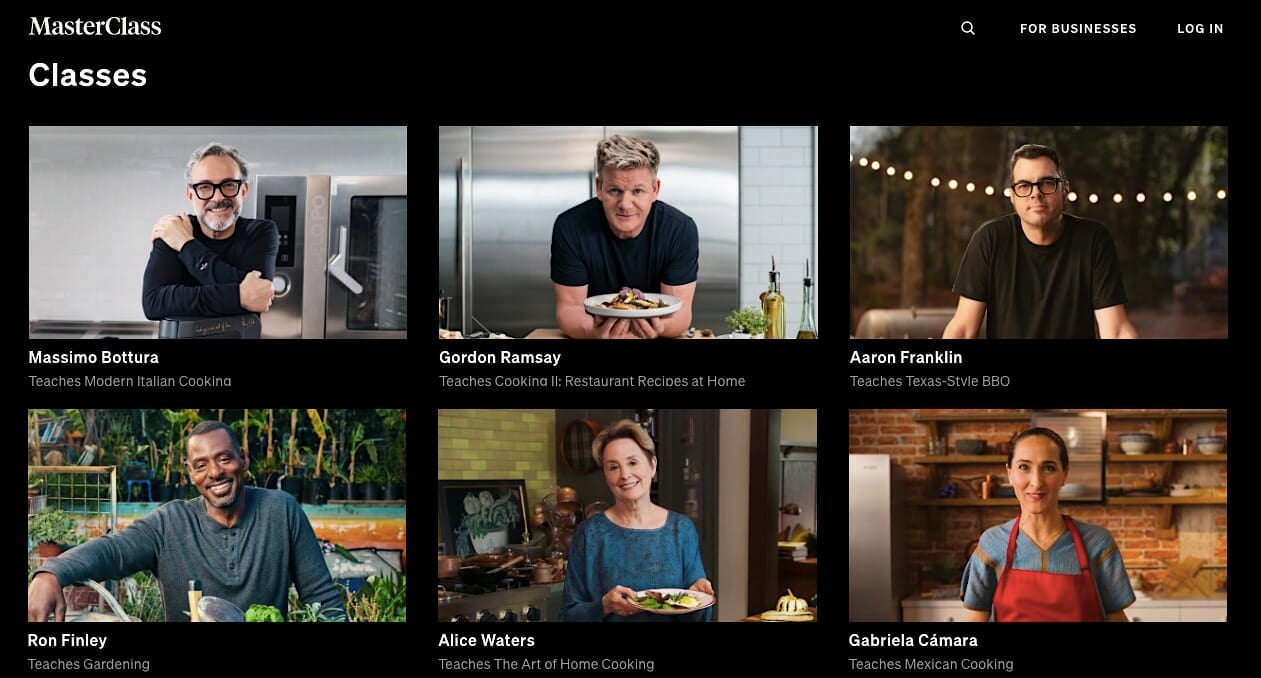Today’s content creators and entrepreneurs have a plethora of platforms to engage with their audience. From Facebook posts to email newsletters, the options are seemingly endless. But how do you build a monetization strategy without compromising the quality of your content?
In this post, we’ll discuss some of the key methods to help you effectively monetize what you’re doing that is productive without pressuring people.
Understanding Your Audience: One Size Doesn’t Fit All
First things first, it’s crucial to understand that your audience on one platform may not be the same as on another. For instance, X (formerly Twitter) might attract a mix of finance experts and casual traders, while your email list could be populated by institutional investors.
Recognizing these nuances is the first step in crafting a monetization strategy that resonates with your audience.
Food for Thought: Are you paying attention to who your audience is on each platform? Remember, not all comments or interactions carry the same weight. A negative comment from a casual follower should not be given the same importance as feedback from a key industry player.
The Power of Quality Content: Building Trust and Credibility
Quality content is the cornerstone of any successful monetization strategy:

For example, if you run an email newsletter, maintaining high open rates and click-throughs is essential for monetization. This can be achieved by consistently delivering valuable, well-researched content that your audience trusts.
Platforms like Substack have made it easier than ever to monetize quality newsletters directly through subscriptions:

For example, during market downturns, subscription numbers might dip as people cut back on expenses. However, if you’ve built a strong rapport and trust with your audience, these fluctuations will be temporary. The key is to focus on long-term relationship building rather than short-term financial gains.
Diversifying Revenue Streams: Beyond Subscriptions
While subscriptions offer a steady and reliable source of income, putting all your eggs in one basket is rarely a wise business move. In a digital space where the goalposts for engagement are constantly moving, diversification is key to building a resilient monetization strategy.
Let’s explore some of the alternative revenue streams that can complement a regular subscription model and how to integrate them into your existing content ecosystem.
1) Sponsored Content
Sponsored content is a fantastic way to monetize your platform while providing value to your audience. The key here is to partner with brands or services that resonate with your audience’s interests and needs.
For example, if your email list is populated by institutional investors, a sponsored post from a reputable financial analysis tool could offer immense value. The trick is to maintain the quality and tone that your audience expects, so that the sponsored content feels like a natural extension of your regular posts.
2) Affiliate Marketing
Affiliate marketing allows you to earn a commission by promoting other companies’ products or services:

This can be a lucrative avenue if done correctly.
The products or services you endorse should align with your content and be genuinely useful to your audience. Transparency is crucial; always disclose your affiliate relationships and only recommend products you truly believe in. This not only maintains trust but also enhances your credibility.
3) Digital Products
Creating some sort of digital asset or service, such as an e-book, course or exclusive webinar, can be an excellent way to monetize your expertise:

These products can be marketed to your existing audience and offer the advantage of complete control over pricing, distribution and content updates.
Plus, digital products can be a fantastic way to delve deeper into topics that you’ve touched upon in your regular content, offering your audience a more comprehensive understanding.
The Takeaway: Take the time to thoroughly evaluate your content, audience demographics and engagement metrics. Use this data to identify additional monetization opportunities that not only boost revenue but also align perfectly with your brand’s voice and the quality your audience has come to expect.
Team Structure: The Backbone of Content Creation and Monetization
Behind every successful content strategy is a dedicated team that serves as the backbone of all operations. Whether your monthly budget for content creation is $30K or $100K, the importance of having the right team in place cannot be overstated. This team could be a diverse mix of professionals, ranging from audio-video editors and graphic designers to social media managers and SEO experts.
But assembling a team isn’t just about hiring individuals with the most impressive resumes or portfolios; it’s about creating a cohesive unit that works well together to produce quality content consistently.
Cross-Training and Skill Development
While expertise in specific areas is undoubtedly valuable, versatility can be an equally important asset. Sometimes, a passionate novice with a willingness to learn can be more beneficial than a seasoned expert who is set in their ways.
For instance, someone initially brought on board for social media management might discover they have a knack for video editing, which could lead to them contributing toward a different type of content that you’ve previously not explored before.
Cross-training team members not only adds layers of skills to your team but also provides a safety net for times when a team member might be unavailable.
The Role of Leadership
Leadership plays a crucial role in the team’s performance.
A strong leader can provide direction, set expectations and ensure that everyone is aligned with the brand’s voice and goals. They can also be instrumental in fostering a culture of continuous learning and improvement. Regular team meetings to discuss performance metrics, brainstorm content ideas and address any challenges can go a long way in keeping the team motivated and focused.
Outsourcing
There may be instances when it’s more efficient to outsource certain tasks, especially those that require specialized skills or are not needed on a regular basis. Outsourcing can be a strategic move to get the best talent for specific tasks without inflating your payroll.
For example, if your content strategy includes an occasional deep-dive report that requires data analysis, it might be more cost-effective to hire a freelance data analyst for that specific project rather than keeping one on staff.
The Takeaway: Maximizing the efficiency of your existing team is crucial. An Executive Assistant, for instance, could be invaluable in handling scheduling and administrative tasks, freeing up content creators to focus on what they do best. If you set up a well-structured team that leverages each other’s strengths, you’re setting the stage for a content strategy that is not only effective but also sustainable long term.
Last Word on Building a Monetization Strategy for Your Brand
Creating a successful monetization strategy involves regularly reviewing performance metrics, audience engagement and market trends to refine your approach. It requires testing which channels will work and which ones outshine the others.
Adaptability not only helps in navigating the ever-changing digital arena but also in staying ahead of competitors. So, are you ready to craft a monetization strategy that not only boosts your revenue but also enhances your relationship with your audience while positioning you as a leader in your field?
If you’re ready to level up your content strategy, Single Grain’s content marketing experts can help!👇
For more insights and lessons about marketing, check out our Marketing School podcast on YouTube.






